The Spiritual Aesthetic Poured into Color – Shefqet Avdush Emini in the Creative Act during the International Symposium in Poland
In this vivid and meaningful photograph, the internationally acclaimed artist Shefqet Avdush Emini appears immersed in the creative process during the International Art Symposium in Poland. A moment skillfully captured—not merely documenting an artist at work, but embodying the passion, dedication, and creative outburst that define his entire body of work and artistic philosophy.
As a distinguished representative of contemporary European and international art, Shefqet Avdush Emini brings with him a unique weight of experience, culture, identity, and universal vision. In this image, he is seen wearing a simple green shirt, trousers stained with traces of paint—a testament to his ongoing battle with the canvas—and a black bandana tying his hair back, a natural attribute of artists who live and create with spiritual intensity.
His posture—slightly bent forward, with his right hand extended, carefully holding a paintbrush dipped in color—clearly reveals a meditative moment of interaction with the work in progress. His eyes, focused through glasses hanging slightly down his nose like a symbol of time and the endless commitment he gives to every detail, reflect the interiority of a man who does not paint simply to create beauty, but to reveal existential tension and the hidden universe of the human soul.
The painting that unfolds on the slanted table in front of him carries cold and deep tones—shades of blue, green, and white—blending in spontaneous harmony. This is the essential trait of Shefqet Avdush Emini's style: a poetic clash between abstract expressionism and intuitive expression emerging from within, from the depths of memory and emotion. The canvas is not merely a surface for depicting an image, but an arena where a silent battle unfolds between emotion and form, between color and void, between the visible and the invisible.
This image is not only evidence of his participation in an important international symposium in Poland, but an iconic portrayal representing the artist in his essence. It affirms that his art is more than a technical exercise—it is a living ritual, a deep meditative process, and an existential state that encompasses the drama of humanity, collective pain, and the hope for the restoration of lost humanism.
His attire—simple, yet marked by the pigments of hundreds of paintings created over the years—is an unspoken uniform of the free spirit. Every stain on it is like an eternal memory of moments of intense concentration, of paintings realized in museum halls, famous galleries, or under the open skies of international symposiums from Paris to Seoul, from Cairo to Bratislava, from Istanbul to Rotterdam.
This is Shefqet Avdush Emini—a living figure of contemporary art who does not seek to be merely understood or accepted, but to be authentic. In every work of his, one hears a voice that speaks of the drama of our time, of the spiritual turmoil of the modern world, of the fragmentation of the human being by wars, technologies, and indifference. And at the same time, in every stroke of the brush that moves in this image, one feels the hope that through art we can rebuild another world—more sensitive, more profound, more humane.
This seemingly simple moment, captured during an international art event in Poland, is in fact a powerful testimony to how art, for Shefqet Avdush Emini, is not just a profession but a way of living, a form of existence that challenges time and space. He is a sensitive witness of our era, a free spirit who speaks through color and form in a universal language that transcends spoken word and national borders.
In this image, we do not merely see an artist painting. We see a man in dialogue with the universe. And that man is Shefqet Avdush Emini—a name that has become a symbol of true art, art that springs from pain and love, from the past and the future, from life and beyond.
In the background of this photograph, while some may see just a simple scene of an artist at work during an international event, the sensitive eye perceives much more: a space where cultures, experiences, and different artistic languages converge, where Shefqet Avdush Emini is not merely part of the process, but a central axis around which important artistic ideas and dialogues revolve. He is not just a participant—he is an inspirer, a source of dialogue, a point of reference for others.
In international symposiums, where artists from different countries gather, something occurs that cannot be achieved within the confines of private studios: a genuine exchange of creative energy. Shefqet Avdush Emini thrives in these environments because he carries with him a vision that surpasses personal or national boundaries. His art is not confined within the limits of a specific biography—it is open to the world, to the multitude of human experiences that he traverses with sensitivity, sorrow, and hope.
In this context, his participation in the International Symposium in Poland carries a double significance: on one hand, it is a natural act for an artist who has built a solid career on the international stage and is invited as an influential figure; on the other hand, it is a moment where he once again reveals his devoted, humble, and human dimension—far from the vanities of fame—focused solely on the experience of color and the expression of inner vision.
His works, even when created in collective contexts such as these, never lose their deep individuality. In fact, what distinguishes Emini is that he always remains authentic, true, and original in every place and situation. His art is unrepeatable because it emerges from an inner narrative that cannot be imitated: it is the voice of a man who has seen, felt, and deeply experienced the dramatic flow of Balkan and world history, transforming this experience into a rich pictorial language.
The colors he uses—sometimes vivid and expressive, other times dark and wrapped in silence—are not placed there for aesthetic effect but as a necessity of his inner experience. They are a form of speaking through silence, a call for reflection, remembrance, and sensitivity. In this sense, every canvas he touches becomes a narrative, a memory, a prayer, an act of resistance against forgetfulness and indifference.
In the painting seen in the photograph, where colors clash and light struggles to pierce the darkness of abstract forms, a tense state can be perceived—as an effort to reveal what cannot be expressed with words. This is the deepest message in Shefqet Avdush Emini’s art: that through the language of abstraction, we can touch reality more profoundly, enter more deeply into our consciousness and that of the world.
Part III: International Impact and Contribution
Beyond its aesthetic and emotional dimension, Shefqet Avdush Emini’s participation in symposia such as this one in Poland is a concrete testimony to his contribution to building international bridges of cultural and artistic cooperation. Bringing with him the experience of exhibitions in over thirty countries—from Asia to America—he conveys a clear message: art is a common language that can help build a closer and more peaceful world.
In this symposium, as in many others he has taken part in, he is not only a creator but also a listener, a conversational partner, a co-creator. He shares techniques, experiences, thoughts, and inspiration with other artists, becoming part of a grand dialogue that never ends and that is the essence of contemporary art itself. Through these interactions, creativity does not remain an isolated act but becomes a collective process—a shared movement toward deepening human sensitivity and understanding.
In this context, he is perceived by others not only as a reference figure because of his success, but because of his modesty, his open approach, and his constant desire to learn and to share. He does not see himself as more important than others but as part of a larger community of artists who share the same love for color, form, spirit, and humanity.
Part IV: Creative Philosophy and the Ethical Mission of a Universal Artist
The art of Shefqet Avdush Emini is filled with a sensitivity that transcends visual beauty and transforms every work into an effort to grasp the unspoken truths of existence. In the international symposium in Poland—as in dozens of other events across the world—this deep philosophical vision is present in every step he takes, in every brushstroke, in every blend of color he brings to the canvas.
Emini does not see art as a decorative element of reality, but as a direct act of aesthetic and ethical intervention in the universe. He creates to testify, to challenge, to remember. Within the abstract structure of his works, one can read deep silences, the sighs of history, the suffocated pain of humanity—but also calls for life, for love, for hope.
Nothing on his canvases is accidental. Every brushstroke is a conscious act trying to give shape to what cannot be described with words: collective trauma, intimate pain, spiritual resilience, and a thirst for justice. All of this forms what can be called the artist’s creative philosophy: not to remain silent in the face of the absurdity of violence and suffering, but to respond with the healing and moving power of color.
In Poland, in a country that has known deep wounds and where collective memory is filled with drama and heroism, Emini’s art found a natural ground for resonance. His paintings, in this context, are not foreign but familiar—like voices emerging from the depths of the same human sensitivity. It is this ability to communicate universally that makes his art a global experience—understandable anywhere in the world, regardless of language or nationality.
Part V: The Impact of Symposia and Encountering Collective Experience
Participation in international symposia is not merely a professional engagement for Emini, but a way to challenge himself, to step out of the comfort of his studio and enter a vibrant process of communication with others. He experiences the symposium as an open laboratory of sensitivity, where each artist brings their own aesthetic and spiritual baggage, and where a shared spiritual construction is created through visual dialogue.
In this environment, he not only creates but also listens. He is present not to impose a style but to inspire with his authenticity. For the young artists who participate in these symposia, Emini is more than a colleague—he is a living example of how art can be a way of living with honesty, with dedication, and with responsibility toward the world.
Often, in these symposia, magical moments occur: spontaneous conversations about colors and forms, exchanges about technique or creative challenges, silent walks before each other’s canvases. In these moments, Emini’s figure becomes most evident: he is not inclined to impose, but to inspire; he is not loud, but profound; not rhetorical, but focused on the essence of art—experience.
Part VI: A Legacy in the Making – Shefqet Avdush Emini as a Model for Future Generations
At a time when art risks becoming a form of visual consumption or superficial spectacle, Shefqet Avdush Emini’s approach is an invitation to return to the essence, to creative honesty, to the spiritual necessity of creation. He does not follow passing trends, nor does he seek attention through grand gestures, but through silent and continuous dedication to his work, he has built a powerful legacy that today serves as a reference point for many young artists.
Shefqet Avdush Emini knows very well that to create, it is not enough to master technique. One must feel. And to truly feel, one must open up completely. One must tear down every shield that protects against emotion. He does this fearlessly. That is why his works are so powerful: because they are not curated, not constructed to please—they are made to communicate.
Through explosive colors and abstract structures trembling with thought, he expresses emotions that cannot be spoken in words. This is his language—a universal language that knows no national or linguistic boundaries. It is the language of the soul.
And every time he creates, as in this international symposium in Poland, he speaks this language with dedication and humility. He does not raise his voice—but his paintings shout. He does not display emotion—but the canvas reveals it. And in the end, he does not seek to be admired—but to be understood.
Shefqet Avdush Emini is an artist of inner freedom, and that freedom becomes most evident in the moment when he forgets everything except creation itself.
Shefqet Avdush Emini is undoubtedly one of the most treasured and renowned artists of contemporary international art. His profound, sensitive, and unrepeatable work has long transcended national borders, becoming an essential part of 21st-century art history. His fame is not merely the result of countless participations in symposia, biennales, and international exhibitions, but above all, it is the product of the deep authenticity of his creativity, his unique philosophical vision, and his rare devotion to the language of color.
On the international stage, Emini is recognized as a creator who goes beyond aesthetic norms and conventions. He has been mentioned and praised in major art criticism publications, international catalogs, and prestigious art magazines. His paintings are held in private and public collections in many countries around the world—from Europe to Asia, from America to Africa—as concrete testimony to the value his work holds on the global contemporary art scene.
Art critics have described Shefqet Avdush Emini as a visionary of modern sensitivity, a worthy successor of abstract expressionism, yet with an authentic voice unlike any other. He is not an imitation, but a source. In an era when many artists strive to stand out through forced conceptualization, Emini stands out for the brutal honesty of his expression and the emotional power of his color.
His fame in the art world is built upon several fundamental pillars:
Creative originality, which has captured the attention of numerous curators and art historians;
Ongoing participation in high-level international symposia and exhibitions, where he is often chosen as an honored guest or distinguished representative artist;
Awards and honors received from the most prestigious institutions and juries in Poland, Egypt, France, Italy, China, Turkey, the USA, and many other countries;
The presence of his works in museums, galleries, and elite collections, which grant his oeuvre lasting and deserved recognition;
The ethical, spiritual, and philosophical significance conveyed by each of his paintings, making his works not just aesthetically beautiful objects, but mirrors of the human soul in crisis, in search, in inspiration.
In an age of rapid globalization, where art often loses its identity due to fleeting trends, Emini remains a reference point for stability, depth, and authenticity. He is the artist who has carved his place in the cultural memory of global contemporary art—not as a passerby, but as a cornerstone.
For this reason, Shefqet Avdush Emini is not just a well-known painter on the international stage—he is an indelible name, an icon of honest art, and living proof that the true artistic soul knows no borders, speaks no single language, and does not belong to one culture alone, but to all of humanity.

.jpg)







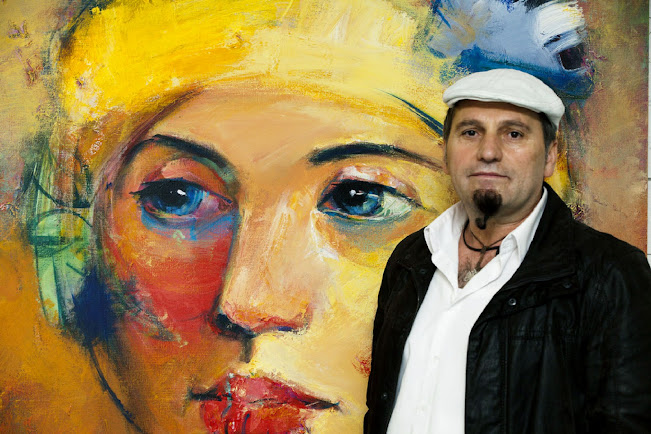






.jpg)

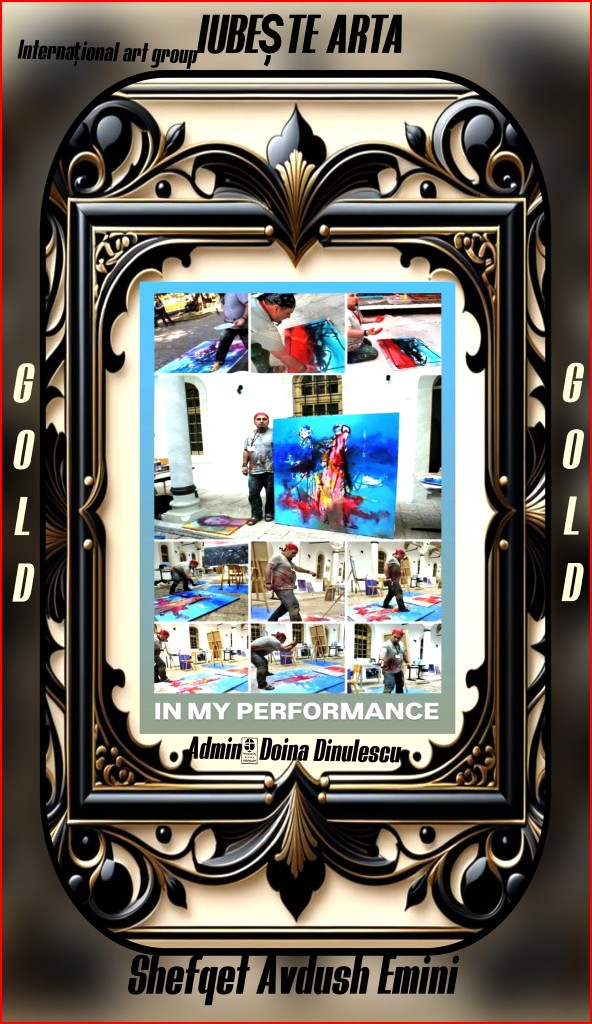








































.jpg)







.jpg)





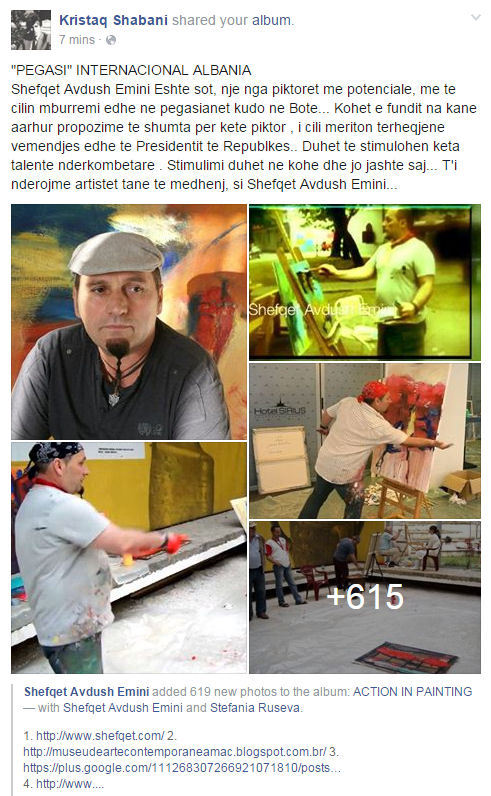







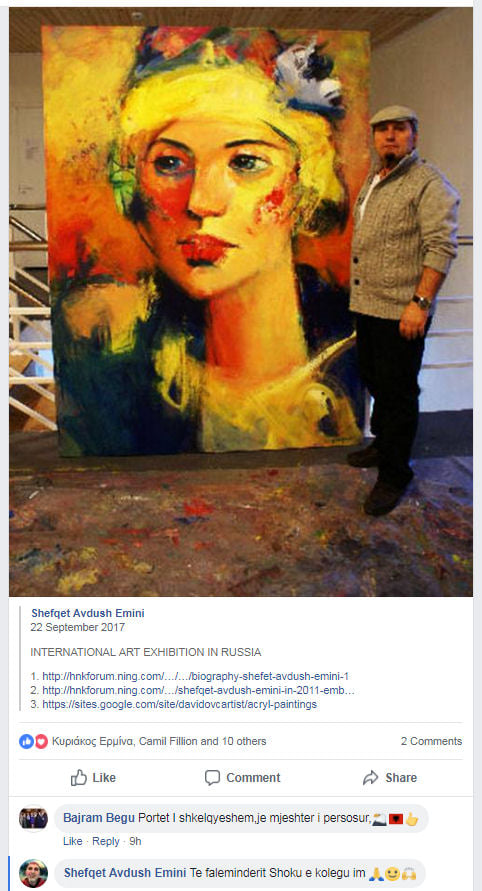



.png)












.png)


.jpg)

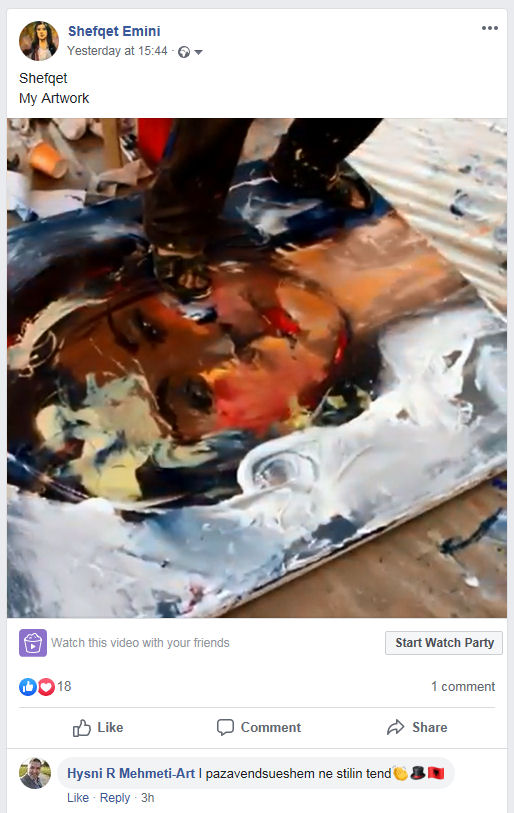

.jpg)
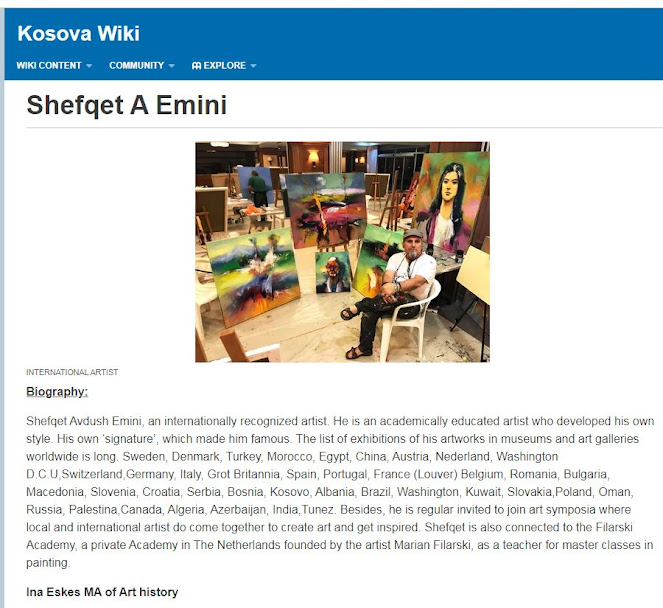

.JPG)



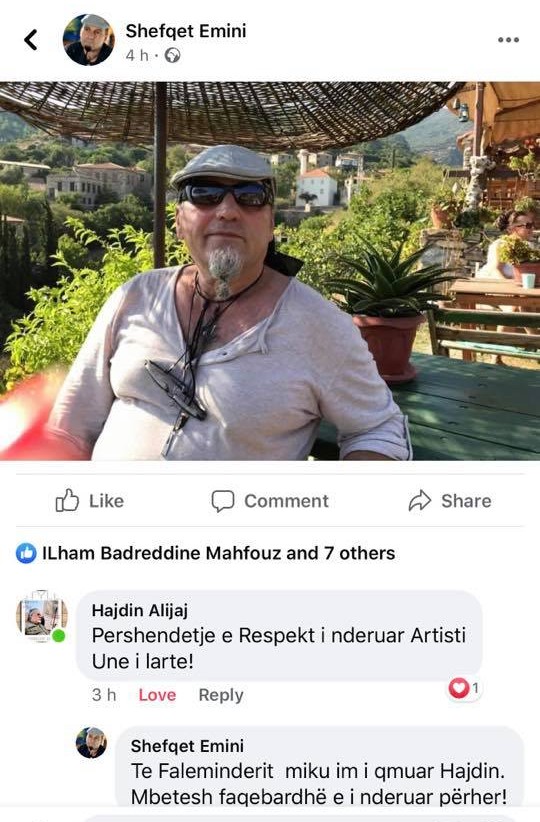




























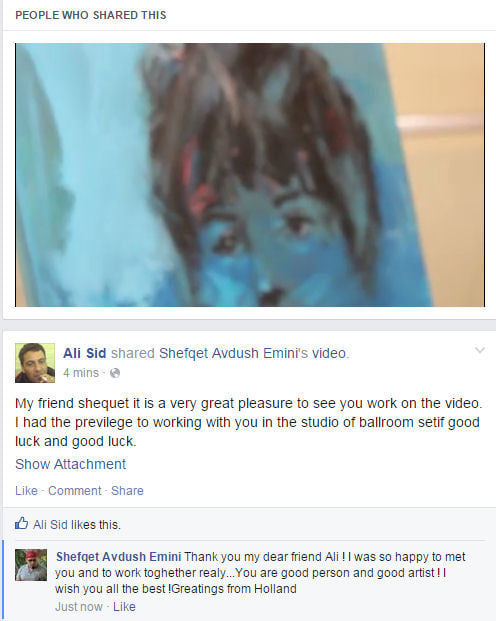




.jpg)



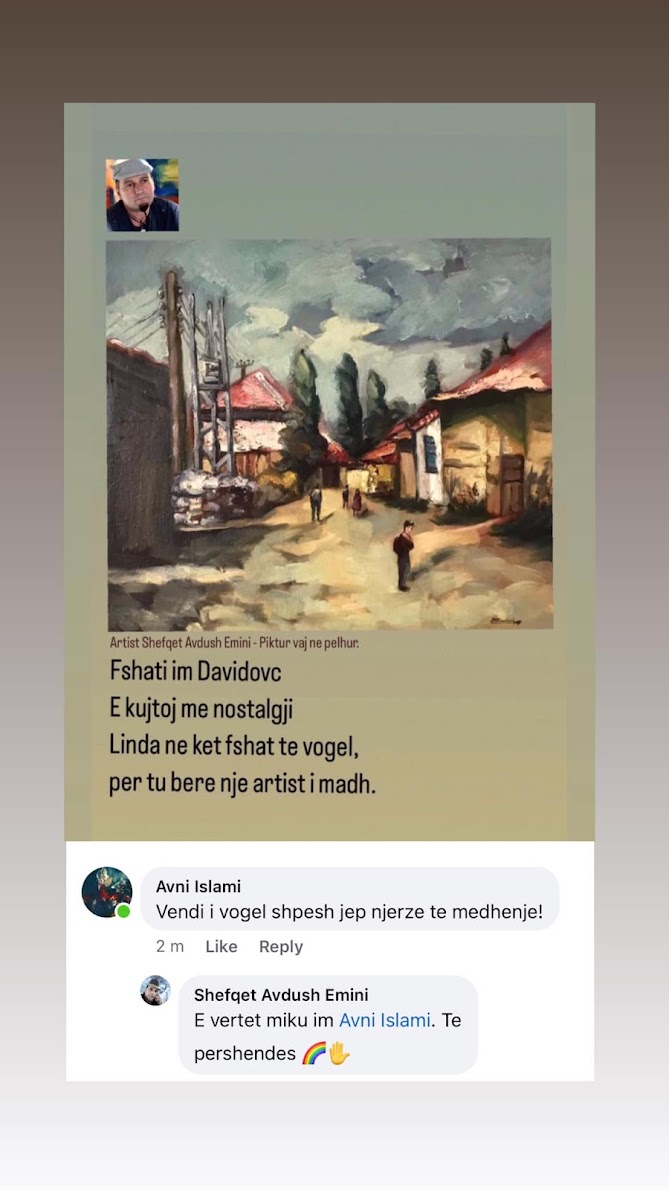




















.jpg)




.jpg?profile=RESIZE_710x)







.jpg?profile=RESIZE_710x)

















.png?profile=RESIZE_710x)









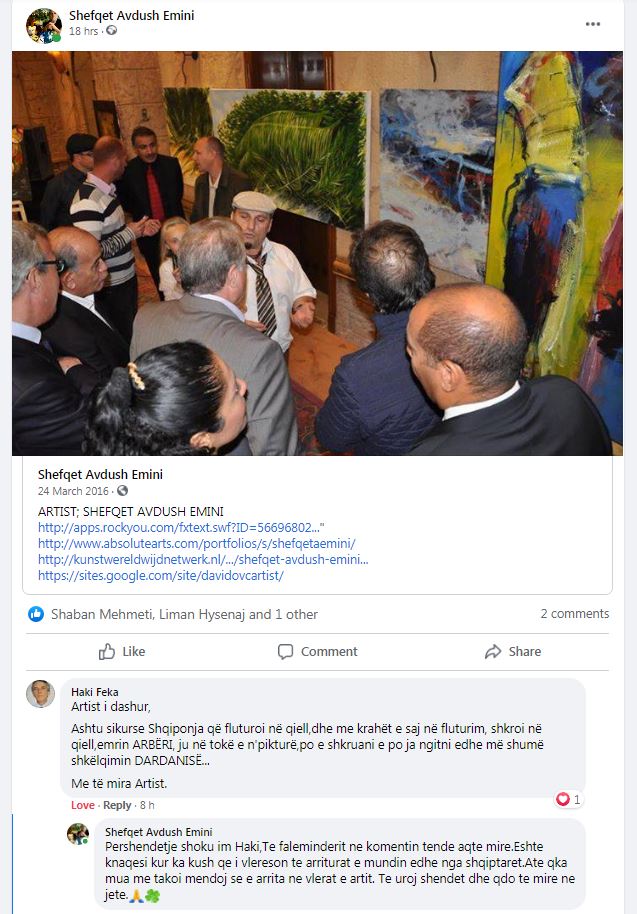

.png?profile=RESIZE_710x)


.jpg?profile=RESIZE_710x)



.jpg?profile=RESIZE_710x)




























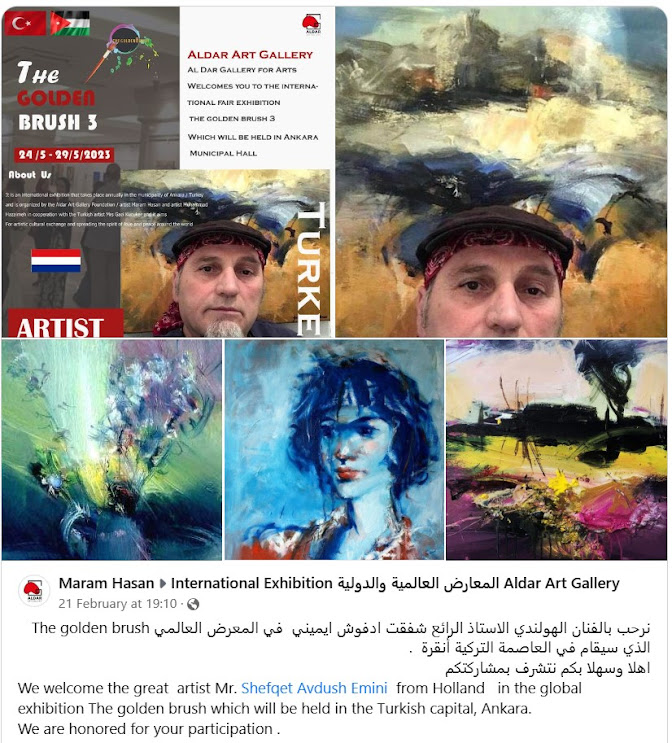


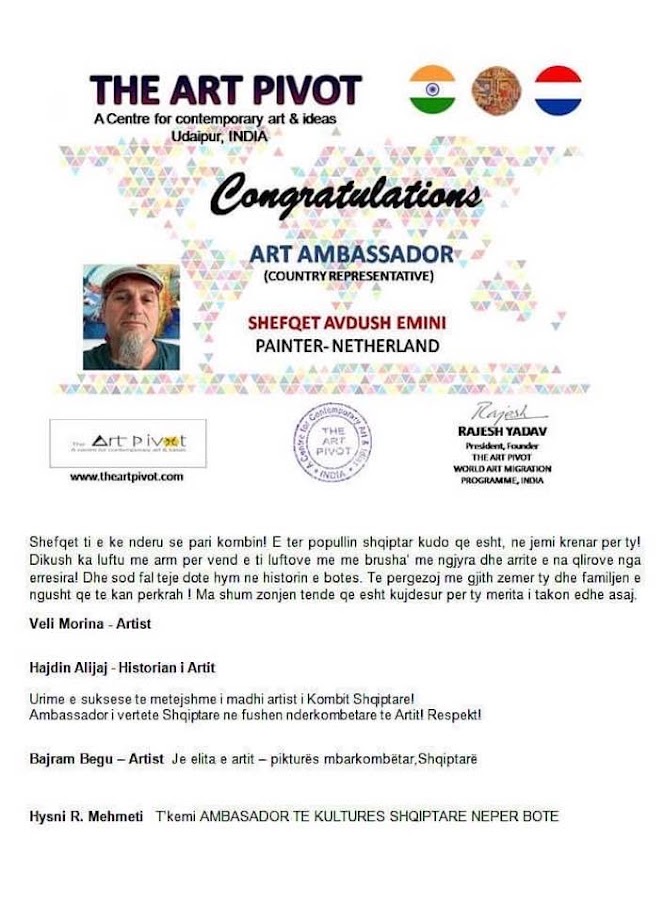


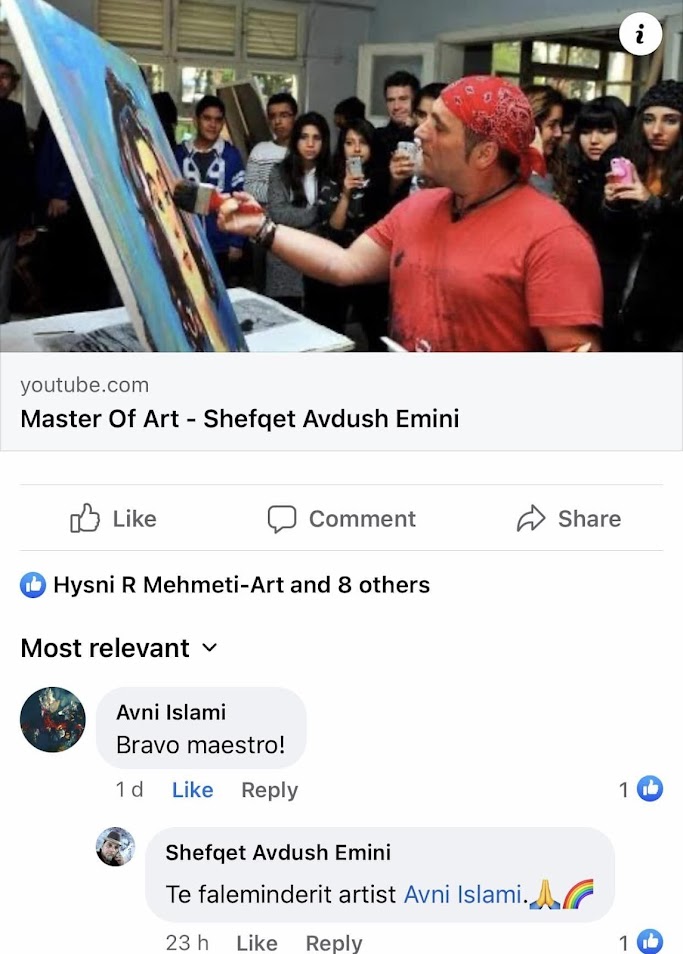


.jpg?profile=RESIZE_710x)














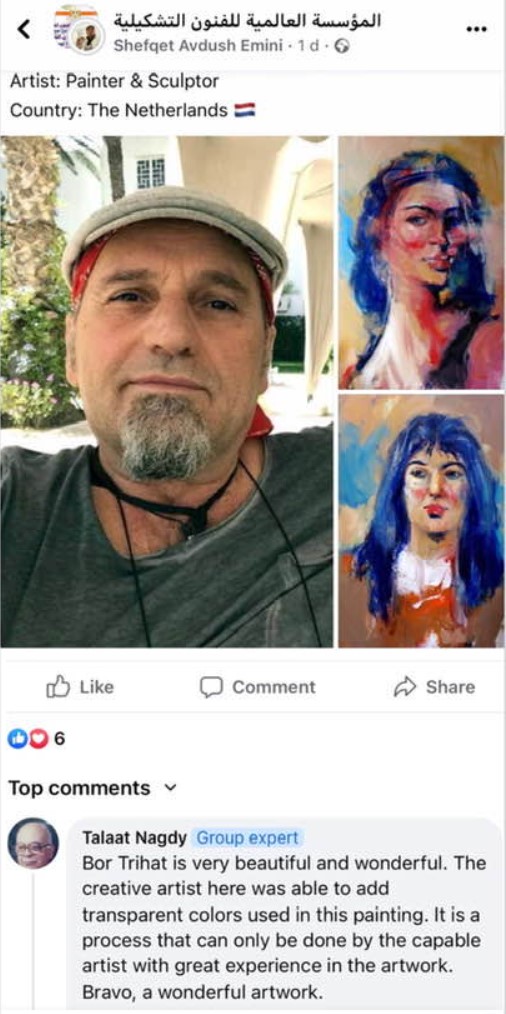








.jpg?profile=RESIZE_710x)






.jpg?profile=RESIZE_710x)

.jpg?profile=RESIZE_710x)
.jpg?profile=RESIZE_710x)

__475__.jpg?profile=RESIZE_710x)
__591__.jpg?profile=RESIZE_710x)
__246__.jpg?profile=RESIZE_710x)

No comments:
Post a Comment